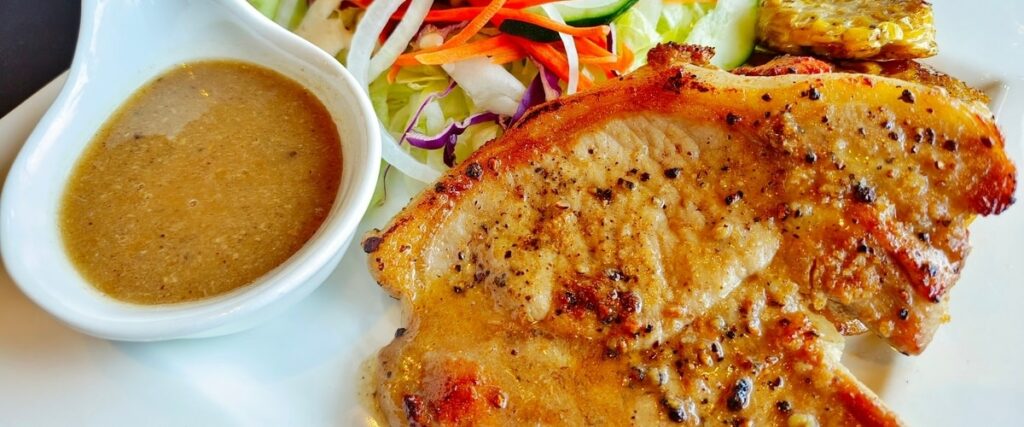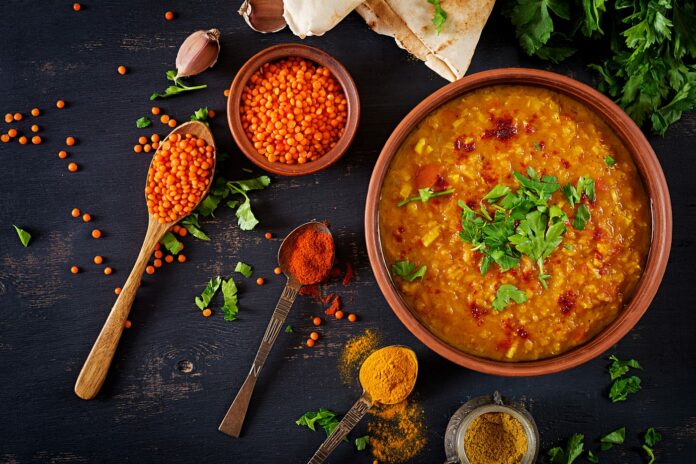Introduction to Asian Fusion Cuisine
Asian fusion cuisine is an eclectic blend of culinary traditions originating from various Asian cultures, melding together to create innovative and delightful dishes. This unique culinary style emphasizes the art of combining diverse flavors, ingredients, and cooking techniques to produce a harmonious fusion of tastes.
Fusion cuisine emerged as a result of cultural exchanges, immigration, and globalization, allowing chefs to draw inspiration from different culinary traditions and create dishes that captivate taste buds worldwide.
Signature Ingredients and Techniques
Use of Aromatic Spices and Herbs
Asian fusion dishes boast a vibrant array of aromatic spices and fresh herbs like lemongrass, ginger, cilantro, and Thai basil. These ingredients impart complex flavors and enticing aromas, enriching the taste profile of fusion cuisine.
Incorporation of Umami-Rich Elements
Umami, known as the fifth taste, plays a pivotal role in Asian fusion cuisine. Ingredients such as miso paste, soy sauce, fish sauce, and mushrooms contribute depth and richness, creating a savory and satisfying culinary experience.
Fusion of Cooking Methods
Asian fusion cooking seamlessly blends traditional Asian cooking methods with modern culinary techniques. This fusion results in innovative dishes that marry the essence of different cultures, showcasing the creativity and expertise of chefs.
Popular Asian Fusion Dishes
Exploring Sushi Burritos
Sushi burritos exemplify the fusion of Japanese sushi and Mexican burritos. These oversized rolls combine fresh fish, vegetables, rice, and seaweed in a convenient handheld wrap, offering a unique and customizable dining experience.
Korean BBQ Tacos
Korean BBQ tacos represent the fusion of bold and spicy Korean barbecue flavors with the familiar format of Mexican street food. Marinated meats, kimchi, and fresh toppings nestled in a taco shell create a tantalizing blend of tastes and textures.
Thai-Inspired Coconut Curry Ramen
This fusion dish harmoniously merges the comforting elements of Japanese ramen with the aromatic flavors of Thai coconut curry. The creamy coconut broth infused with Thai spices combined with ramen noodles offers a delightful culinary fusion.
Exploring Flavor Combinations
Delving into Sweet and Spicy Pairings
Asian fusion cuisine often explores the contrast between sweet and spicy flavors, achieving a tantalizing balance that excites the palate. Ingredients like honey, chili peppers, and fruits contribute to this harmonious combination.
Emphasizing Contrasting Textures
Innovative fusion dishes focus on contrasting textures within a single dish, combining elements such as crunchy, crispy, chewy, and silky. This interplay of textures elevates the dining experience, creating a delightful sensation.
Balancing Tangy and Savory Flavors
Balancing tangy and savory flavors is a hallmark of Asian fusion cuisine. The use of tangy ingredients like citrus, vinegar, or tamarind alongside savory components ensures a well-rounded and complex taste profile.
Creativity and Innovation in Fusion Cuisine
Role of Chefs as Culinary Artists
Chefs skilled in Asian fusion cuisine are akin to artists, using flavors, textures, and ingredients as their canvas. Their creativity and vision drive the evolution of fusion dishes, constantly pushing culinary boundaries.
Evolution of Fusion Trends
Asian fusion cuisine continues to evolve, influenced by global culinary trends and consumer preferences. Chefs innovate, introducing new flavor combinations and techniques, captivating food enthusiasts with their creations.
Celebrating Cultural Diversity
Cultural diversity inspires culinary creativity in Asian fusion cuisine. By embracing the heritage of various cultures, chefs craft dishes that celebrate diversity while offering a unique gastronomic experience.

Conclusion
Asian fusion cuisine epitomizes the art of blending diverse Asian culinary traditions, showcasing creativity, innovation, and a celebration of cultural diversity. Through the fusion of flavors, ingredients, and techniques, it continues to captivate food enthusiasts worldwide.
FAQs
- What sets Asian fusion cuisine apart from traditional Asian cooking?Asian fusion cuisine amalgamates elements from diverse Asian cultures, creating innovative dishes that blend different culinary traditions, while traditional Asian cooking often focuses on preserving authentic recipes.
- Can individuals experiment with Asian fusion cooking at home?Absolutely! Experimenting with Asian fusion cooking at home allows for creativity and exploration. Start by combining familiar ingredients from different Asian cuisines to create unique dishes.
- Are there options for specific dietary preferences, such as vegetarian or gluten-free, in Asian fusion cuisine?Yes, Asian fusion cuisine offers a wide array of options catering to various dietary preferences. Many dishes can be modified or crafted to accommodate vegetarian, vegan, or gluten-free diets.
- Where can one find authentic Asian fusion restaurants?Research local restaurants or explore metropolitan areas known for their diverse culinary scene. Many cities have eateries specializing in Asian fusion cuisine, offering a spectrum of innovative dishes.
- How can one enhance their understanding of the flavor profiles used in Asian fusion cuisine?Experimenting with different ingredients, attending cooking classes, or exploring online resources dedicated to Asian fusion recipes and techniques can broaden your understanding and appreciation of these flavor profiles.


